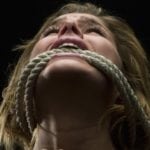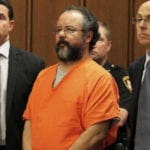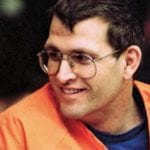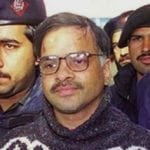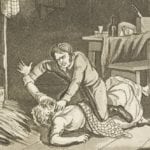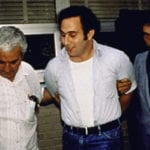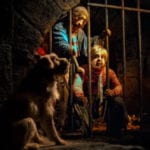 Weird Stuff
Weird Stuff  Weird Stuff
Weird Stuff  Mysteries
Mysteries 10 Tragic Disappearances and Deaths in Joshua Tree National Park
 History
History 10 Ways Childhood Really Sucked in the Old West
 Music
Music 10 Name Origins of Famous Bands from the 1990s
 Religion
Religion 10 Biggest Turnarounds by the Catholic Church
 Weird Stuff
Weird Stuff 10 Unbelievable Times Laws Had Unintended Consequences
 Humans
Humans Ten Historic Women Who Deserve Way More Credit Than They Got
 Movies and TV
Movies and TV 10 Films That Spawned Major Lawsuits
 History
History Ten Times Towns Were Wiped Off the Face of the Earth
 Creepy
Creepy 10 of the Most Disturbingly Haunted Public Houses in the UK
 Weird Stuff
Weird Stuff 10 Niche Subcultures That Are More Popular Than You Might Think
 Mysteries
Mysteries 10 Tragic Disappearances and Deaths in Joshua Tree National Park
 History
History 10 Ways Childhood Really Sucked in the Old West
Who's Behind Listverse?

Jamie Frater
Head Editor
Jamie founded Listverse due to an insatiable desire to share fascinating, obscure, and bizarre facts. He has been a guest speaker on numerous national radio and television stations and is a five time published author.
More About Us Music
Music 10 Name Origins of Famous Bands from the 1990s
 Religion
Religion 10 Biggest Turnarounds by the Catholic Church
 Weird Stuff
Weird Stuff 10 Unbelievable Times Laws Had Unintended Consequences
 Humans
Humans Ten Historic Women Who Deserve Way More Credit Than They Got
 Movies and TV
Movies and TV 10 Films That Spawned Major Lawsuits
 History
History Ten Times Towns Were Wiped Off the Face of the Earth
 Creepy
Creepy 10 of the Most Disturbingly Haunted Public Houses in the UK
10 Twisted Facts About The Hillside Strangler
The Hillside Strangler murders were a series of killings that both baffled and frustrated law enforcement officials in the late 1970s in Los Angeles, in the golden age of serial murder. These murders ran concurrent with Ted Bundy, Jeffrey Dahmer was just claiming his first victim, and John Wayne Gacy was luring young boys into his home to murder them by strangulation. The United States seemed suddenly swept with brazen serial killers murdering in all sorts of brutal fashions, and the Hillside Strangler was no exception.
Although the Hillside Strangler doesn’t receive the notoriety of the rest, the crimes were of a particularly brutal nature and shocked the residents of Los Angeles to their very core. The flagrant flaunting of the law by committing murders right out in the open and picking up victims from crowded, inner-city areas only added to the fear and panic the city felt, knowing that there was a murderer on the loose who could approach from the shadows and take life at any time. Here are ten twisted facts about the murders, which ended up becoming a labyrinthine spectacle, a tale with many twists and turns.
10 A Body Found
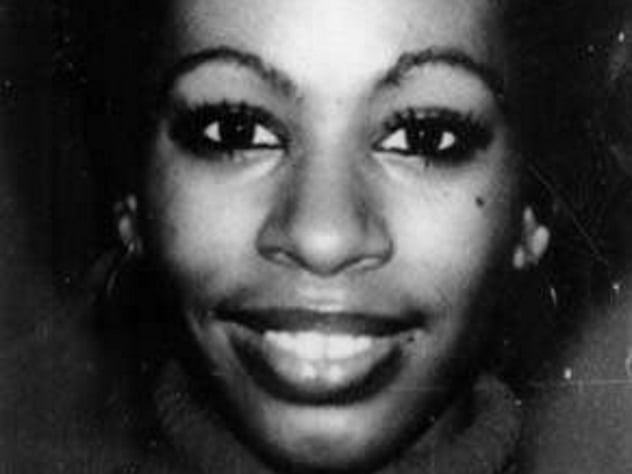
It all began on October 18, 1977, when police discovered the naked body of a 19-year-old woman named Yolanda Washington,[1] cleaned for any evidence in the way of residue and casually laid out on the open grass of a hill on the edge of Forest Lawn Cemetery, a massive cemetery in the Hollywood area of Los Angeles.
The victim had been bound, raped, and strangled, and the police must have known instantly that they were dealing with no ordinary murder or crime of passion but something much more darkly sinister. For the murderer to just plainly dump a body right in an easily accessible, open area meant that the killer may have intended the body to be found . . . perhaps to convey a message.
9 Serial Murder
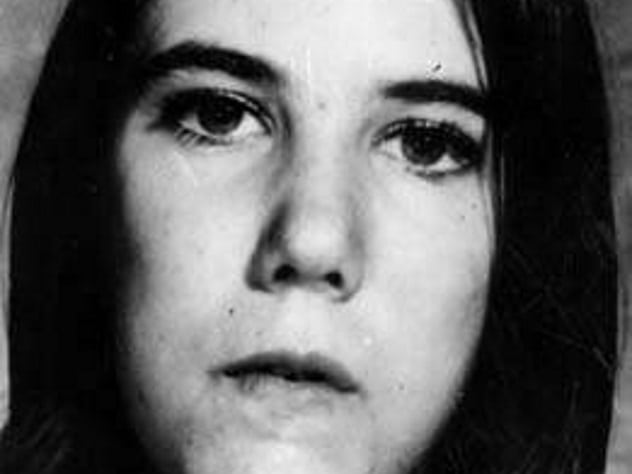
And just like that, a series of murders had begun, and police could only sit and wait for more bodies to appear. Only 13 days later, on Halloween morning, police found the next body in the trail of corpses left behind by the Hillside Strangler and would confirm that a serial killer was at work.[2] Fifteen-year-old Judith Ann Miller was found bearing strikingly similar rope marks to Yolanda Washington, and the Los Angeles County coroner’s office determined her time of death to be only six hours prior.
The body had been dumped openly on a hillside in the La Crescenta area of Northern Greater Los Angeles. Like Washington, Miller had been the victim of sexual assault. These two murders already had the hallmarks of serial homicide, and many more were still to come.
8 Frequency

A startling attribute of these two killings that would become a terrifying theme in the span of the Hillside Strangler murders was the terrifying rapidity with which the crimes had been committed, only 13 days apart. Subsequently, the body of 21-year-old Lissa Kastin would be found only six days later, on November 6, 1977.[3] Like before, the body seemed to have been proudly displayed, having been dumped on Chevy Chase Drive in Glendale, and showed signs of rape. The body of 17-year-old Kathleen Robinson was discovered 12 days later, on November 18. She had also been strangled.
One thing was absolutely certain at this point: Whoever the Hillside Strangler was, he was killing with a terrifying frequency and had no intentions of stopping anytime soon. Police scrambled for both clues and answers, but the Strangler knew how to clean a corpse and remove evidence, leaving law enforcement scratching their heads at the macabre scenes left behind every several days. And Los Angeles had no shortage of hills for the killer to use.
7 Torture

As the bodies quickly piled up and the murders went on, the Hillside Strangler became darker and more depraved in his methods of murder and soon began experimenting with torture and new ways of disposing of victims. The killer began electrocuting victims before strangulation and would torture them by burning their bodies while they were still alive, probably for sadistic kicks, and also began to try carbon monoxide poisoning as a method of killing.
It would soon be discovered that the Strangler was also attempting to execute his victims via lethal injection, experimenting with injecting young women with various substances in an attempt to alter the modus operandi. But this was in no way an attempt to disguise his identity—this killer patently wanted his crimes to be known, positioning the bodies in various ways, making shapes with the corpses, and leaving them in the utmost of plain sight.[4]
6 Ride Along

While the murders were taking place, a man named Kenneth Bianchi began the process of becoming a Los Angeles police officer. He would go on patrol and ride in the cars with the LAPD while they patrolled the city and searched for the Hillside Strangler.[5] The officers would discuss the crimes, the murders, and the general gritty details of the case with Bianchi and would become close with him over the weeks.
Kenneth Bianchi, however, this possibly aspiring police officer, was the Hillside Strangler. The killer was right under their noses, gathering information about the case and flaunting his murderous ways in front of the law. But the plot was still to thicken, and there were more twists about to unfold in the ensuing months.
5 The Hillside Strangler
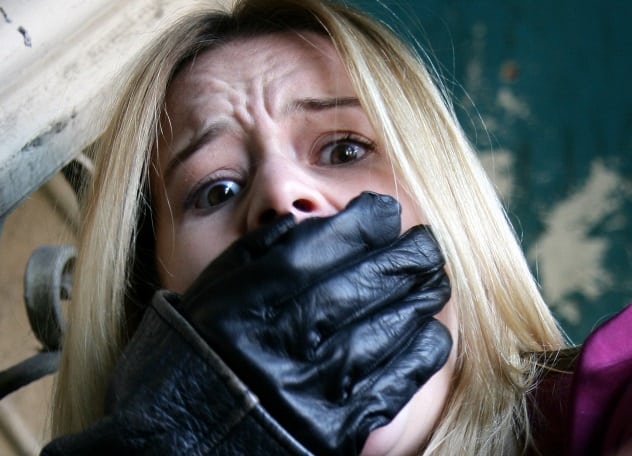
The media had given the killer a moniker, and women in and around the Greater Los Angeles were panicking. The Strangler had a metaphorical stranglehold over all of Southern California, with no end in sight.
None were the wiser that Kenneth Bianchi and the Hillside Strangler were the same man . . . kind of. But even this statement would later be shown to be misleading. In total, “the Hillside Strangler” would go on to claim at least 12 lives,[6] raping and suffocating women and girls and dumping their bodies in the Los Angeles area, before another unusual turn of events would transpire.
4 Murders Stop

And after several months of cases and investigations going nowhere, the police were itching to make an arrest, even though the killer had been helping them “look for” himself all along. Then, the plot would twist even further, when the Hillside Strangler murdered 21-year-old Cindy Lee Hudspeth, after raping her like he had the rest, and dumped her body. Suddenly, the murders mysteriously stopped.[7]
Almost exactly four months after these rapid murders had begun, they suddenly ceased, and there were no more bodies being left on the hillsides scattering Los Angeles. It would later be discovered that Kenneth Bianchi had moved to Washington state, explaining why there were no more strangled women, and the Hillside Strangler seemed to disappear as quickly as he had appeared.
3 Kenneth Bianchi
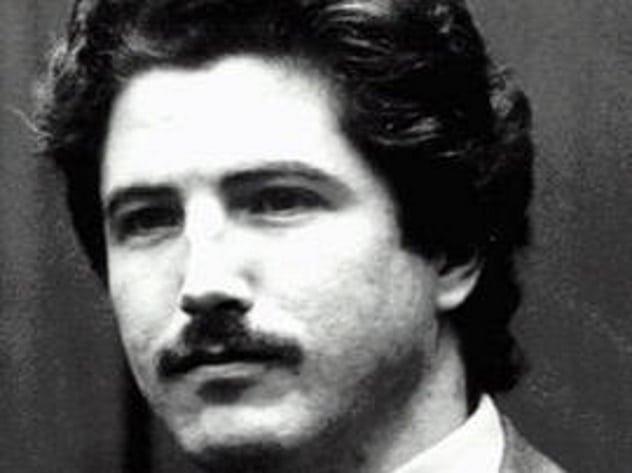
Kenneth Bianchi was probably trying to escape the law in May 1978, when he suddenly uprooted and decided to move to Bellingham, Washington. But though Bianchi managed to escape the bright lights of Hollywood, the media frenzy that LA was buzzing with, and the heat of the nervous and embarrassed LAPD, he wasn’t able to escape his murderous tendencies, and they would ultimately be his downfall.
On January 11, 1979, Bianchi struck again after a long cooling off period during which he hadn’t killed anyone. He murdered two women in the same day. The Hillside Strangler was always rather bold and brazen with his murders, but claiming two victims at once was just too daring, and he made a lot of mistakes. He left his California identification card behind and a slew of other clues for investigators to find.[8] Finally, the Hillside Strangler had been caught in Washington . . . or so everyone thought.
2 The Hillside Stranglers
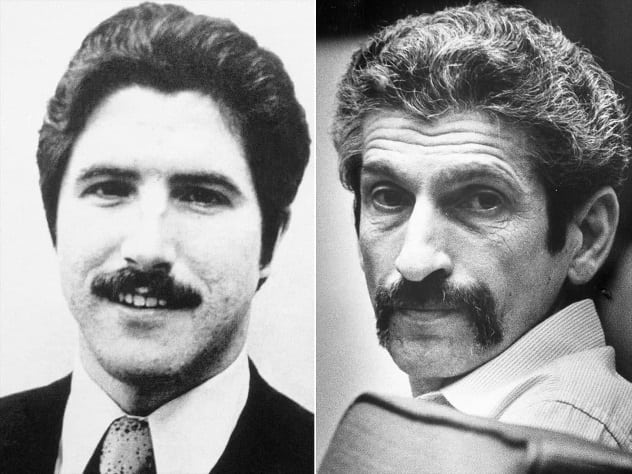
It was time for another bizarre twist in the story: It would be revealed that there were actually two Hillside Stranglers and that Kenneth Bianchi hadn’t acted alone until the Washington murders. To avoid the death penalty, Bianchi pointed the finger at Angelo Buono, his cousin, and would testify against him. Buono vehemently proclaimed his innocence, saying he had absolutely nothing to do with the murders, but he, too, would be arrested and brought up on trial.
When the police searched Buono’s house, they found no fingerprints, even in the man’s own home.[9] He was so immaculately clean and cautious, which quickly explained why there were no fingerprints, fibers, or anything at all in the way of useful clues to help detectives catch the Strangler. Without Buono, Bianchi was sloppy and careless and ultimately caused the two to be brought to justice.
1 Trial And Aftermath
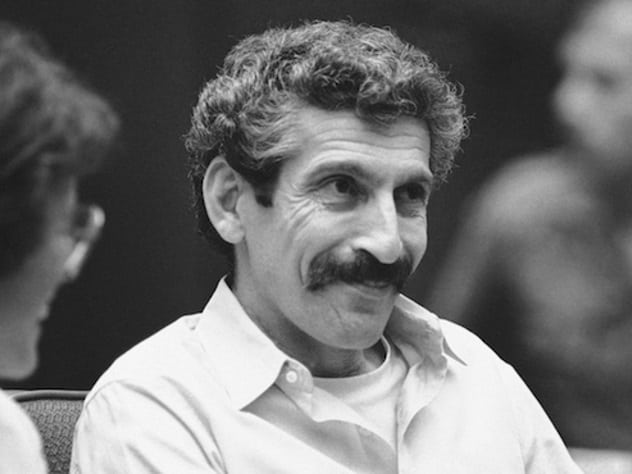
Bianchi and Buono, the Hillside Stranglers, would both be brought up on charges. Kenneth Bianchi simply pleaded guilty and testified against Buono to get a deal. Bianchi would even go on to get married while behind bars in 1989 and still remains imprisoned in Washington state to this day. Angelo Buono was charged with murder, though he thought he had his trial won, citing a complete lack of any physical evidence linking him to the murders.
Buono’s court battle lasted two years, and while he initially thought his cousin’s testimony was the only thing the prosecution had against him, 400 witnesses would turn up to testify against him.[10] This would seal Buono’s fate, and he was ultimately convicted and sentenced to life in prison, just like Bianchi. The Hillside Stranglers were both behind bars. Angelo Buono died in prison in 2002.
I like to write about dark stuff and history.
Read more profiles of serial killers on 10 Macabre Facts About Karl Denke AKA The Forgotten Cannibal and 10 Twisted Facts About Peter Sutcliffe, The Yorkshire Ripper.
